The QR code was invented back in 1994.
The original use was to scan components at high speeds in auto manufacturing companies.
The biggest advantage of QR codes is that they hold 300 times more data than barcodes
But they became a largely fruitless link between offline and online environments.
Brands used it for years to tempt users to go online by scanning a squiggly square in magazine ads after the invention of smartphones.
It was supposed to be the bridge to landing pages and allow users to go straight to designated pages and get people to interact.
It went nowhere.
People thought that typing in a URL was equally easy.
Until Covid made contact in any form scary.
Even credit cards being swiped implied danger. People wanted to order and pay without making any physical contact with menus, catalogs or any surface.
And that's when the QR code became the preferred option. It had become popular in Japan and China as a mode for payment but with Covid, the floodgates opened.
Today, the no-contact plaques showing a QR code have become the norm in supermarkets and even online payments.
QR codes are generated on the fly on desktops and paid for with scans by the mobile app.
They top up mobile or satellite TV recharges, bill payments, and we interact with them almost without thinking now.
A system that was made for no contact living had to wait for the world to discover it 26 years after it had been invented.
And it looks as if we won't be going back to physical payment modes even after the pandemic passes.
Photo by Markus Winkler on Unsplash
Nature has expert engineers who work for free
We think of nature as beautiful. verdant and a poet's inspiration.
Turns out that the engineering skills are truly magnificent to behold as well.
A dry creek in California was proving to be a wildlife risk.
It had grown that way after years of agricultural use.
The estimate for 'greening' the land was around $1 million and the time it would take - 12 years.
So the ecologists took an unusual route.
They prepared the land for beavers to operate freely and it cost about $60,000.
In just 3 years, the beavers have completely transformed the landscape.
They didn't need a blueprint. There was no committee constituted to oversee progress.
And best of all, they didn't need to be supervised or told what to do.
Trees, willows, plants that thrive in wetlands and meandering streams appeared across a wild landscape encompassing about 60 acres.
This is a project initiated by the US Fish and Wildlife service.
Hardly seems like the kind of thing a government would do but there are several projects now in the pipeline.
Seeing the success, nonprofits and universities are now on board.
So, an army of beavers is now going to be put to work to reclaim the land. Nature's engineers who have been doing it for eons will be called upon to repeat the magic of breathing life into land that has been denuded and destroyed.
Like the elves and the shoemaker saga - we don't have to tell nature what to do.
Just prepare the ground, get out of the way and come back for a pleasant surprise a few years later!
Can a calendar make money?
It depends, really on what it is being used for.
Practically every email program has a calendar. So what was missing?
The old way to fix a meeting was to email, figure out a convenient date and time.
When you're trying to organise it halfway around the world, it gets a lot trickier. Especially when there are several meetings involved.
Trying to figure out when working schedules intersect and whether the person is free at the time is a problem.
Whether you're trying to line up a demo, get an introduction going or interviewing a candidate.
Calendly was founded by Tope Awotana who faced the problem himself.
He tried every other product in the market and knew what was missing.
Getting the technology to work was another major problem altogether.
We underestimate the level of knowledge that is commonly available - if we are familiar with something, we assume the rest of the world knows. Which is far from the truth.
So the problem statement can be pared down to this. How can you set up multiple meetings a day across time zones and know when time slots with the people you want to meet with are available?
That's the problem Calendly solves.
It let's you synch up slots that people indicate on their schedule without having to exchange emails.
Word of mouth was the single biggest way in which people got to know of it. And last year the company made over $70 million.
So yes, calendars do make money - but not just by printing the months of the year!
Subscribe now and I'll send some interesting stuff on branding, behavior and markets to your inbox every week. Triggers for your thoughts. Spread the word to your friends. All you have to do is click the link and enter an email address.


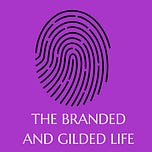
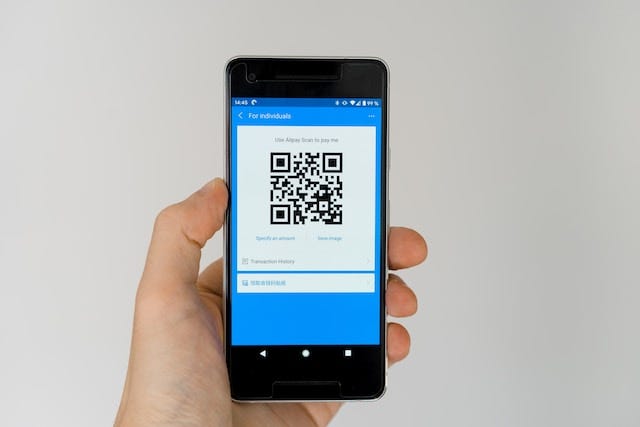


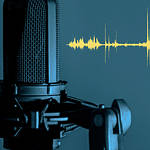



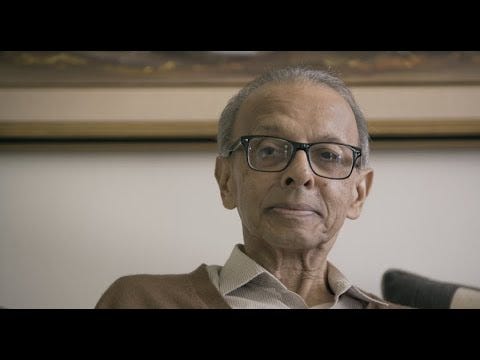
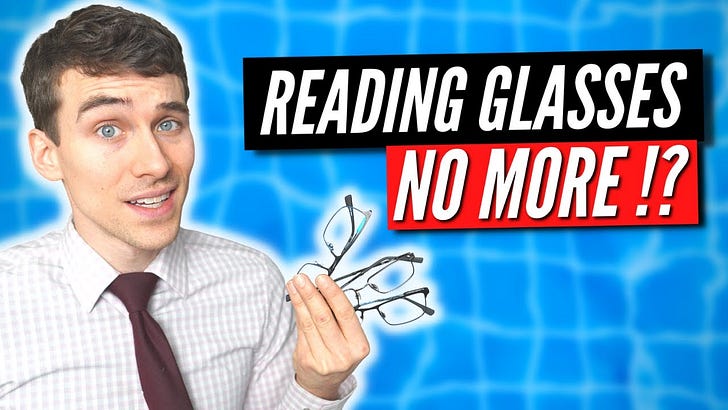

Share this post